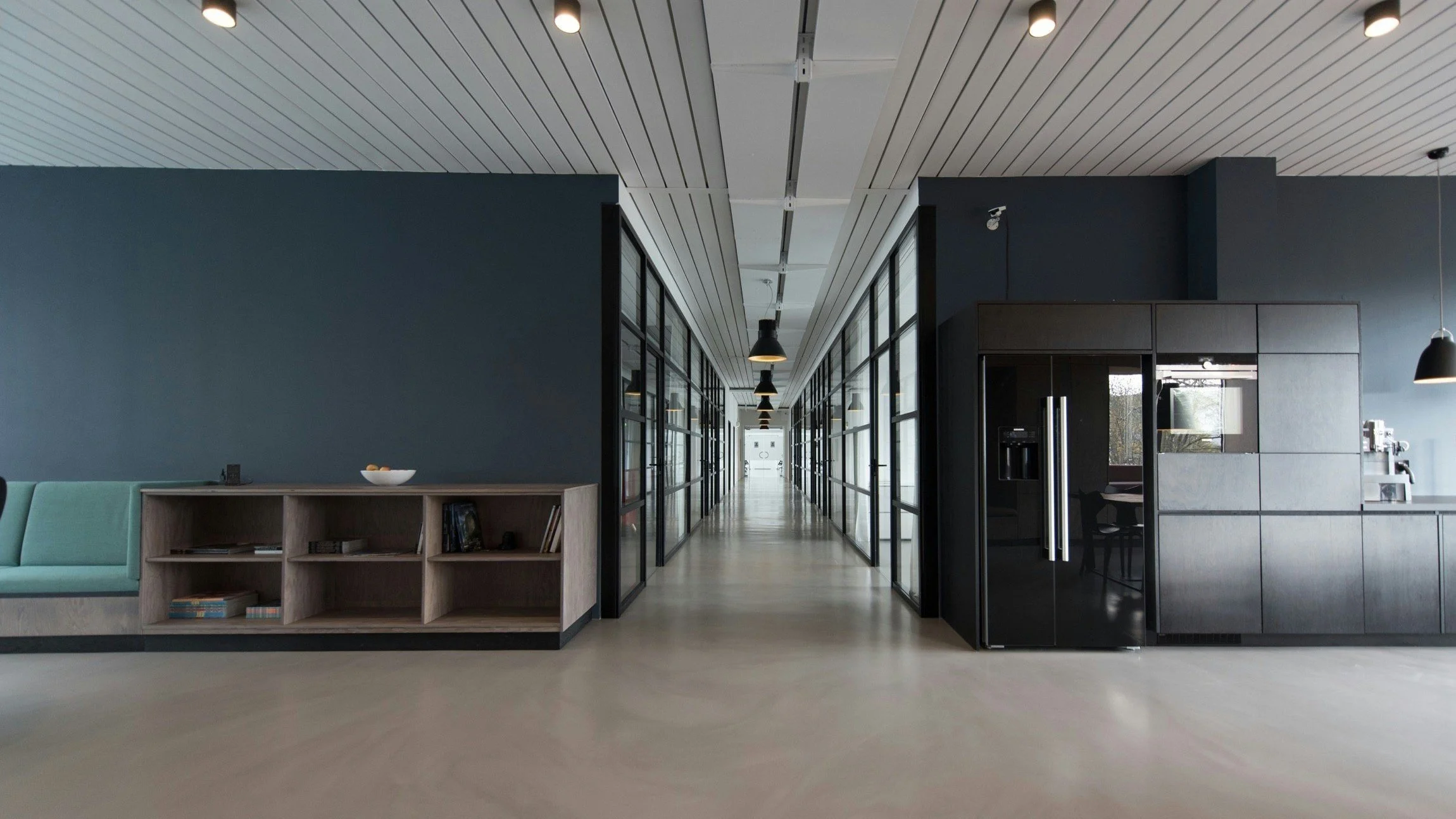4 reasons return-to-office mandates are bad business
Another day, another company announces a return-to-office policy with the same enthusiasm as a Monday morning dental appointment.
Let’s be honest: Return-to-office (RTO) mandates are not just outdated — they’re bad business strategy. Forcing employees back into an office full time, especially after years of successful remote work, is alienating two critical parts of the workforce: working mothers and early-career professionals, particularly Gen Z.
This isn’t about laziness or lack of collaboration. It’s about companies ignoring what modern professionals actually need to thrive: flexibility, autonomy and trust.
And the cost of getting this wrong? Mass attrition, high rehiring costs and long-term damage to culture and productivity.
1. RTO mandates are hurting working mothers.
For decades, the workplace has been a challenge for working moms. When remote work became the norm, it was a lifeline.
Working parents have used remote work to juggle:
Child care and school schedules
Emotional labor and home responsibilities
Full-time performance without the burnout of daily commutes
Now, many companies are revoking that flexibility with strict return-to-office requirements, without providing solutions to support working parents. The result? Mothers are leaving the workforce. Not because they want to, but because return-to-office policies make it impossible to balance their responsibilities without sacrificing their careers.
And companies are losing highly skilled, experienced talent very quickly.
2. Gen Z and early-career employees aren’t having it.
Younger professionals, especially Gen Z, started their careers in a remote-first environment. They’ve learned how to collaborate, innovate and succeed from home. Many of them don’t remember (or have never even experienced) the traditional office structure that older generations romanticize.
Yet companies are using outdated logic like:
“In-office work builds culture.”
“Young employees need face time to learn.”
“You can’t collaborate virtually.”
Spoiler alert: That’s not true anymore.
Early-career employees are pushing back because they know that effective management, mentorship and innovation does happen virtually. Forcing them into an office, for tradition’s sake, risks alienating the next generation of talent.
3. RTO drives employee turnover and talent loss.
When employees leave due to rigid return-to-office mandates, companies face steep costs, including:
Recruiting and onboarding new hires
Lost productivity and knowledge gaps
Increased benefits costs
Higher salaries needed to attract replacements
And let’s not forget the employer brand damage. Word spreads fast when talented people leave because their company refused to offer remote work flexibility.
It’s simple math: Keeping great people is cheaper than replacing them. And offering hybrid or fully remote options is one of the smartest, most cost-effective ways to do it.
4. It’s about control, not collaboration.
Leaders love to frame return-to-office policies as a push for collaboration. But let’s be honest: It’s more about power than teamwork.
The data is clear:
Remote workers are just as productive, if not more.
Culture doesn’t live in a building — it lives in people.
Flexibility is the #1 benefit employees ask for.
So if your RTO strategy is based on vibes instead of results, you’re not building culture. You’re just micromanaging with a longer commute.
The solution: build flexible, purpose-driven workplaces
This isn’t an anti-office stance. Offices still have value only when they’re used intentionally, not enforced universally.
What today’s workforce needs is:
Remote-first flexibility with clear expectations
Optional, purposeful in-office collaboration
Leadership that trusts outcomes over attendance
Inclusive policies that support working parents and diverse needs
Companies that build modern, flexible work environments will retain top talent, reduce turnover and attract future-ready professionals.
Those who don’t? They’ll spend a fortune trying to recover what they lost.
Flexible work is the future
If your business is still clinging to a five-day, in-person office culture, you’re setting yourself up for talent loss and burnout.
The smartest organizations are already adapting by:
Listening to employees
Supporting remote work
Rethinking how work gets done — not where
Return-to-office mandates may look like leadership, but they’re often just fear in disguise.
The future of work is flexible, human-centered and built on trust.
And the companies who embrace that? They’ll win.

